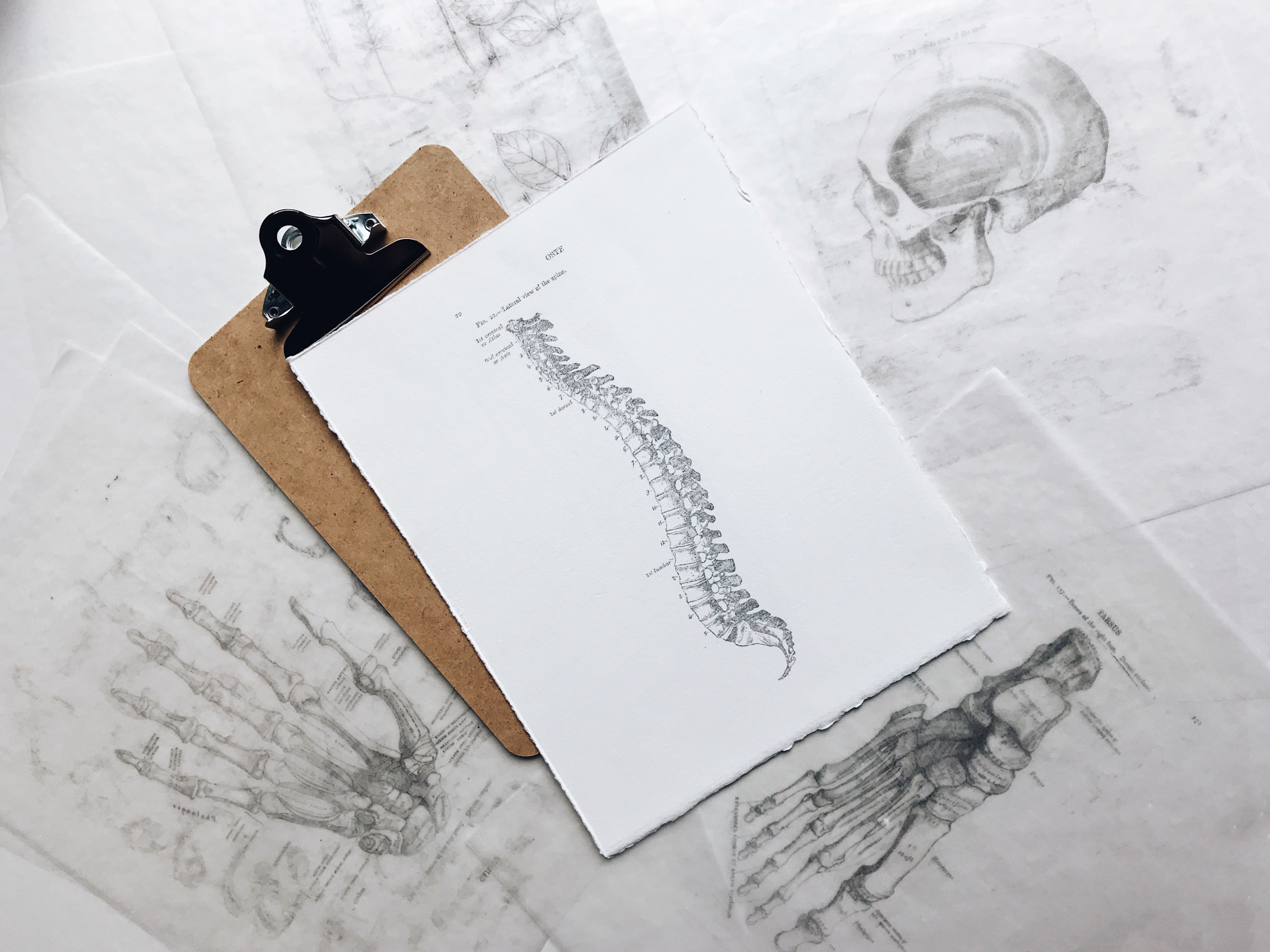What is a hamstring strain?
If you play sports or exercise recreationally, chances are you’ve felt a hamstring strain. That painful feeling of a torn muscle that tugs at the back of the thigh. You walk a little bit funny and when people ask what’s happened, you grimace and grumble “I’ve pulled a hammy!”.
Hamstring strains refer to torn fibres of the hamstring muscles due to a strong muscle contraction or a rapid stretch of the muscle. The severity of a hamstring strain is determined by the amount of muscle fibres that tear.
Hamstring strains often occur during large leg movements like a kick and are usually associated with pain, swelling, bruising and sometimes a “popping” or tearing sensation.
What can we do about it?
Physiotherapy will aim to relieve swelling and pain and gradually restore range of motion, strength, and movement patterns. This will involve a combination of treatments including hands-on techniques, a specific exercise program to rehabilitate the injury and strategies to help manage the injury at home.
How can we prevent it in the future?
One of the major issues with the hamstring strain is reinjury, especially early on as the pain settles however the hamstring is still not strong enough. Your physiotherapist will minimise your risk of reinjury by guiding your return to activity and ensuring the hamstring is appropriately rehabilitated before you progress.
Core stability, movement patterns, strength and flexibility of the lower limb can influence your risk of a hamstring strain. As part of your rehabilitation, your physiotherapist will screen for these factors and will develop a long-term program to prevent recurrence of the strain.
If you think this applies to you, come see one the physio’s for an assessment so we can get onto your recovery as soon as possible!



